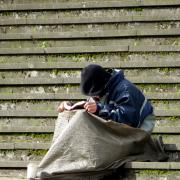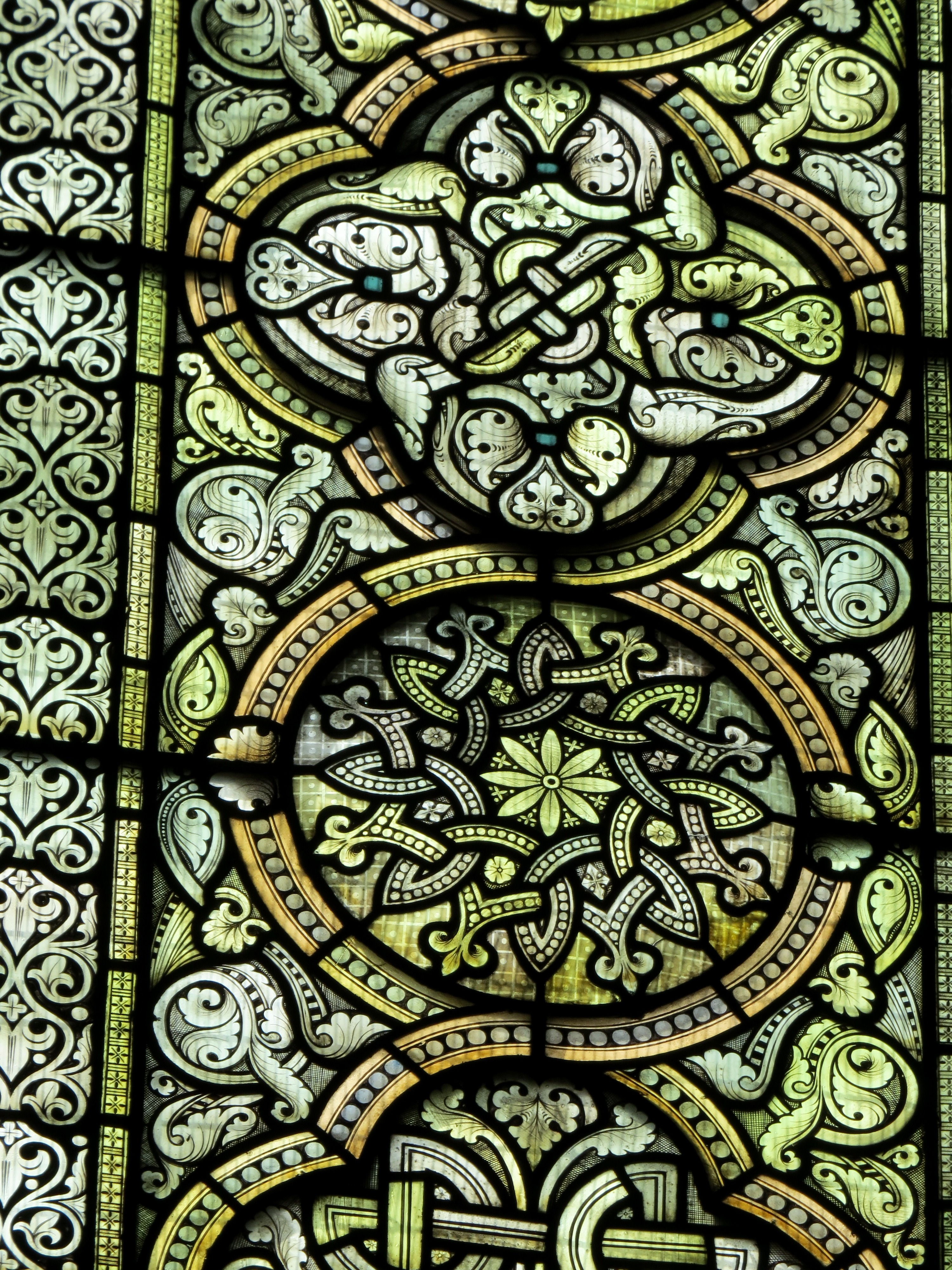
Some gentle wanders about Broughton today revealed one local warming up on the steps of St Mary’s Cathedral with a glass of milk and a good read.
Around the corner on Leith Street, the John Lewis department store is celebrating its 150th anniversary with a special window display designed by London-based artist Morag Myerscough. ‘Her work is characterised by strong colour, big type, stripes, spots puzzle-like arrangements of geometrical elements, often hand-painted, assembled with an affinity for scale and drama,’ says John L. Waters in Eye Magazine. You can see more of her work on her studio website here, although it is rather baffling to navigate.
In the quiet little rump of Old Calton Cemetery behind the Parliament House Hotel, a recent lawn mowing has once again revealed the gravestone of William Tweedie, buried here in 1792. We like its mixed tone of grim presentiment and self-satisfaction at a pre-purchased plot. The Relief Church at which John Wyber preached was an offshoot of the Church of Scotland, founded in Fife in 1761. He died on Castle Street.

A cheerful skull adorns a nearby 18th-century wall tablet. Deliberately or not, it works quite well as a trompe l’oeil, appearing most realistic when approached from the left.
Calton Hill affords this view of New St Andrew’s House and the St James Centre. To many eyes today it resembles some enormous Dreadnought which has collided with the city centre. Who knows, but in 150 years’ time future Edinburgh residents may wonder at our folly in knocking the Brutalist triumph down.
Smoke Stack’s A-board on Broughton Street suggests they source their ingredients from Earthy.
Further down the hill, political debate is in the air with the approach of the Independence Referendum.
This telephone kiosk on East London Street looks and smells bad.
But it contains a pleasant surprise ...
... just like the Mansfield Traquair Centre, each time you view it from a new angle. Whose inspiration was it to paint those little rooftop doors red?
A small chapel at the southwest corner was excavated to provide improved access to the lower floors.
And above the main door is perhaps the subtlest and most beautiful of the building’s stained-glass windows.
